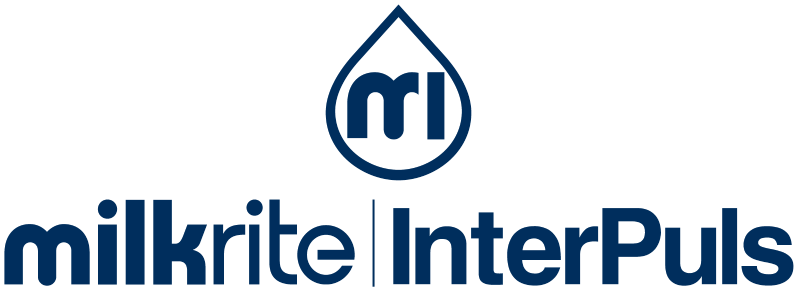
Teat congestion during the milking process: the impact on milk flow
After a broad analysis of the possible consequences of teat congestion, in this Blog episode, we focus on its effects on milk flow and which factors should be monitored to avoid it.
There are various mechanisms through which teat congestion can impact milk flow. They involve both the physical structure of the teat and the cow's physiological responses to the condition.
Six reasons why teat congestion affects milk flow
Narrowing of the Teat Canal
Oedema - Induced Compression
Swelling: The accumulation of fluid (oedema) in the teat tissue results in swelling, which can compress the teat canal, making it narrower.
Obstruction: A narrower canal obstructs the flow of milk, causing slower or incomplete milk ejection during milking.
Impaired Let-Down Response
Pain and Discomfort
Pain Sensation: The inflammation and swelling associated with teat congestion can cause significant pain, making the cow reluctant to let down milk.
Stress Response: Pain and discomfort can trigger a stress response in the cow, leading to the release of adrenaline, which inhibits oxytocin. Oxytocin is the hormone responsible for milk let-down, and its inhibition results in reduced milk flow.
Increased Residual Milk
Incomplete Milking
Residual Milk: Due to the obstruction and impaired let-down response, the milking process may be incomplete, leaving more residual milk in the udder.
Milk Stasis: The presence of residual milk can lead to milk stasis, where milk accumulates in the udder, further complicating subsequent milkings and potentially leading to mastitis.
Damage to Teat Tissue
Epithelial and Capillary Damage
Cellular Damage: Continuous mechanical stress and congestion can damage the epithelial cells lining the teat canal, impairing their function.
Bruising and Bleeding: Capillary rupture and bruising can also occur, leading to further tissue damage and inflammation, which exacerbates the obstruction and discomfort.
Reduced Milk Yield
Direct Reduction
Decreased Milk Volume: The physical obstruction and impaired let-down can directly reduce the volume of milk extracted during each milking session.
Cumulative Effect: Over time, repeated episodes of incomplete milking due to teat congestion can lead to a significant cumulative reduction in overall milk yield.
Increased Risk of Mastitis
Susceptibility to Infection
Bacterial Growth: Residual milk and damaged teat tissues create an environment conducive to bacterial growth, increasing the risk of mastitis.
Inflammatory Response: Mastitis further impairs milk flow by causing additional swelling, pain, and tissue damage.
Beware of these factors to avoid teat congestion
There are multiple reasons for dairy cow teat congestion, which can stem from various factors, such as the milking parlour setup, the cow's anatomical and physiological traits, as well as environmental conditions. Let's delve into these factors in greater detail:
Mechanical Factors:
Milking Machine Settings: Incorrect vacuum levels or pulsation rates can cause excessive mechanical stress on the teats, leading to congestion. In this case, the congestion is mostly related to the barrel of the teat.
Teat Cup Liners: Worn or poorly fitting liners can cause uneven pressure distribution, contributing to tissue oedema and congestion. As for the congestion caused by the liners, it usually happens at the teat-end.
Physiological Factors:
Oxytocin Release: Insufficient oxytocin release can lead to incomplete milk let-down, causing milk retention and subsequent congestion.
Vascular Changes: During the milking process, increased blood flow to the teat can cause vascular congestion, especially if there is impaired venous return.
Environmental and Management Factors:
Milking Frequency: Infrequent milking can lead to overfilling of the udder, which increases pressure and the risk of teat congestion.
Hygiene: Poor hygiene practices can lead to mastitis, which can exacerbate congestion due to inflammation and swelling.
Among the primary causes of teat congestion, mechanical ones play a key role.
For this reason, in the next Blog episode, we will focus on them, in order to prevent teat congestion and make sure milk extraction is as efficient as possible.
